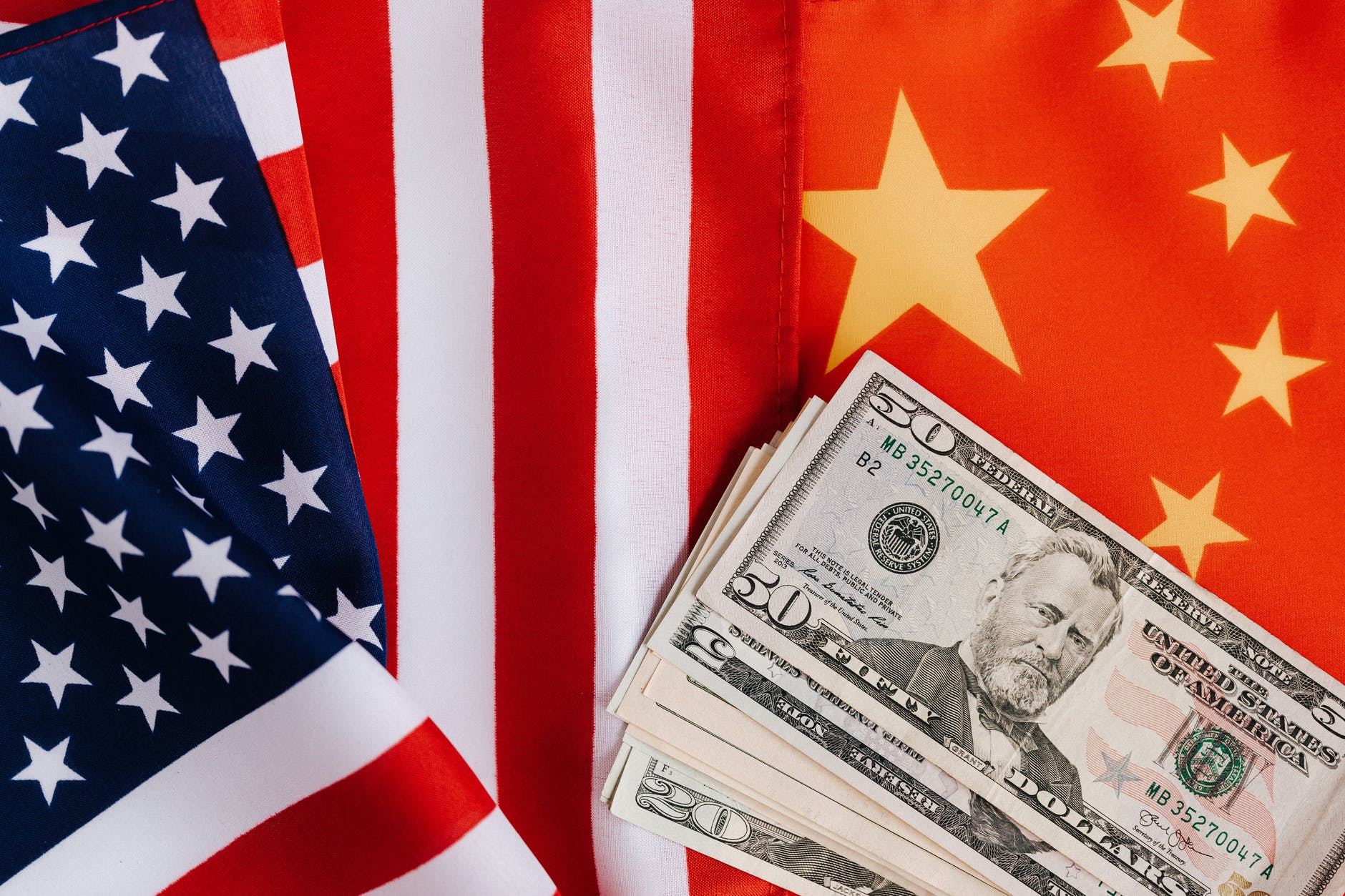CHINA’S INCREASING FACTORY ACTIVITY


Activity at China’s factory industry accelerated at the fastest pace in nearly a decade in October as domestic demand jumped, a personal small business survey revealed on Monday, adding additional momentum to an economy that is recovering in the coronavirus crisis at a drastic rate. The Caixin/Markit Manufacturing Purchasing Managers‘ Index(PMI) rose to 53.6 from September’s 53.0, with the estimate staying over the 50-level that separates growth from regeneration for the sixth successive month.
Analysts polled by Reuters had predicted that the headline studying would remain steady at 53.0. China’s vast industrial industry is steadily returning to the levels observed before the pandemic paralyzed vast swathes of the market early this year. However, the global prognosis is dimming as many Western countries struggle still rising COVID-19 ailments and go back into virus lockdowns.
Pent-up demand, stimulus-driven infrastructure and astonishingly resilient exports have propelled the manufacturing rebound. Consumption, although struck hard earlier in the year, has also recovered in the third quarter.
While a lot of the world scrambles to stop new waves of coronavirus from stalling the fragile recovery from the recession, China’s market seems to be hitting its stride. In reality, economic recovery may not be a proper term to describe China’s economic boom, as in China’s case that the pandemic caused something much more like stagnation than a downturn.
With society moving back to ordinary, innovation and the preexisting digitization are reinforcing economic growth in China. The jolt of this pandemic has reinforced the trend toward digitization and invention investment in China, and its accelerated impact has been slowly unleashed with the market going back to normal.
China reported third-quarter GDP increase up 4.9% from a year ago, bringing growth for the first three quarters of this year to 0.7%, according to data released on October 20 from the National Bureau of Statistics. China’s exports and imports have multiplied in September, with imports increasing by 13.2% and exports climbing 9.9% compared to what was a year ago. It is quite prominat when you observe the international trade, the novel coronavirus has hit developed countries, causing a steep decrease in the degree of their centrality in exchange networks. Still, it has not affected the central position of China. According to Director-General of WIIPO, Francis Gurry, the COVID-19 pandemic overall appeared to be spurring an“acceleration of tendencies that were preexisting,“ calling among those trends which might be sped up because of the corona is the drive into Asia.
China’s reform landmark has been regarded by Shenzhen for 40 years and is currently deemed among the world’s top innovation centers. The increase in the innovation hubs is one of the major reasons behind China’s continuing increase in economy.
First, the central authorities support Shenzhen’s reforms. In the 40th anniversary of the establishment of the Special Economic Zone in Shenzhen, President Xi Jinping announced support for the town’s pilot renewal with comprehensive authorization, together with requirements on comprehensively deepening reform, broadening willingness, modernizing the governance system, and actively promoting the development of this Guangdong-Hong Kong-Macao Greater Bay Area.
Second, the energetic young workforce made Shenzhen a focus on growth and exchange for a new generation of Chinese innovators. Shenzhen has the highest %age of“engine room“ inhabitants of any town globally.
China’s economic success story is a living proof, it’s telling that Shenzhen is now an innovation and technology hub. Determined by electronic connectivity, innovation and entrepreneurship, and technology talent exchange and development, Singapore and Shenzhen held the initial Smart City Initiative (SCI) execution committee meeting on June 17, 2020. COVID-19 has accelerated the pace of digitization from Singapore and Shenzhen and forced the digital connectivity between two parties“ even more pertinent.“ Both cities also have agreed about eight memoranda of understandings (MoUs) regarding greater access to market opportunities at the Guangdong-Hong Kong-Macao Greater Bay Area (GBA) and Southeast Asia.
The Chinese government has played a significant part in increasing the research and development investment and regulating the innovation industry. China continued its years-long run of double %age gains in spending on R&D in 2019. Total private and public science and technology expenses in 2019 climbed 12.5% over the preceding year to 2.21 trillion Chinese renminbi which translates to $322 billion, amounting to 2.23% of GDP. For comparison, the USA spent 2.83% of GDP; the OECD countries collectively spent 2.38% of GDP, Israel spent 4.9% while South Korea spent 4.5% of their GDP, respectively, in 2018. The goal to spend 2.5 % of GDP on R&D from 2020 was spelt out in China’s most recent five-year program and the 15-year Medium- and Long-Term Program for Science and Technology Development.
As in other East Asian markets, government intervention has been an essential part of China’s development. According to Robert Wade, evidence from East Asian countries shows us that the government can, in some circumstances, direct the market to produce better industrial functionality than a market that is completely freet. Xi presided over a symposium of scientists on September 22, stressing that we ought to advance science and engineering in breadth and depth in order to meet with the forefront of world science and technology, the primary battlefield of economy, major national needs, and people’s lifestyles and wellbeing. The central government has emphasised on the reform of the system for scientific and technological invention and further advancement of invention ecology.
„The centre solution to choke-neck technology isn’t simply a scientific question, an innovative product, but the weak link in China’s overall performance mechanism on technological and scientific innovation system and industrial advancement,“ according to the director of China Center for Science and Technology Policy, told on October 18 to the China-U.S. Physics Examination and Application. Building a modern innovation system is time consuminhand accumulate industrial innovation capacity, while time has ever been ignored from the endless parade of technologies. The activity of factories in China has increased by threefold. The economy of China increased by only 2% in 2020, but when we look at the impact of the COVID-19 on other countries and how they are faring, it is better than any other country’s.
